Simple pi0 Mass Bkg Study, Part 2
A continuation of "Simple pi0 Mass Bkg Study". Specifically, the method and cuts were adjusted so the opening angle, Z_gg and energy spectrum of individual photons is more similar between the candidate pi0s and the decorrelated pairs. However, the decorrelated pairs still overestimate the background at low invarient mass background compared to high invarient mass.
Implemented Changes
Two changes were implemented
- Rather than all hits being added to the pool, hits are only added to the pool in some cases:
- If one is restricting both photons of the pair to the same sector (current option), then hits are only added to the pool if the hit is in a sector where there is more than one hit for the given event.
- If one is not restricting both photons of the pair to the same sector, than the requirement is that there be more than one hit in the event (regardless of sector)
- A cut is placed on the opening angle, requiring it to be within 0.01 and 0.1 radians. Thus cuts very few of the pi0 candidates (10% over the entire mass range of 0 to 0.6 GeV), though it does cut quite a few candidate pairs.
- The cut on the photon energy is moved earlier in the code, and is definately in place now. Still need to investigate why the later cut didn't seem to have an effect. Probably some mask was not set correctly in the macro.
Plots regarding the Combinatorial Background
These are the updated plots corresponding to the plots under the same heading in "Simple pi0 Mass Bkg Study." Note, the opening angle cut is not present for the plots in this section (the next 8 plots). Note: even though the kinematic plots look better, the decorrelated mass distribution is still too high at low mass (recall it is scaled so the integral matches in 0.4 to 0.5 GeV)
.gif)
.gif)
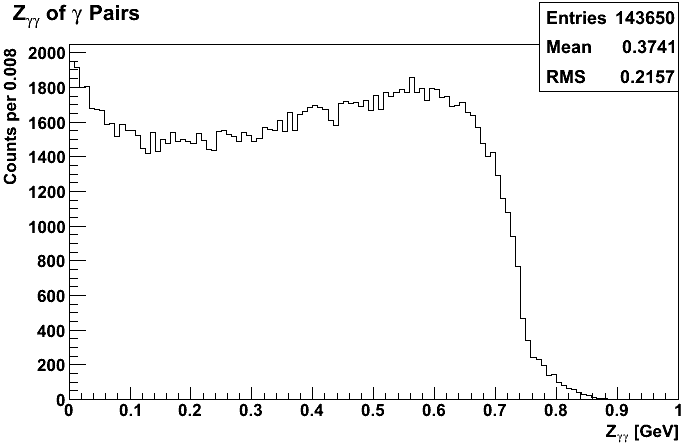
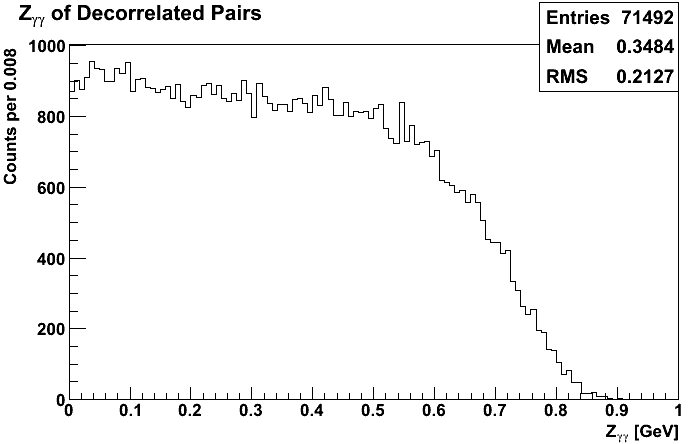

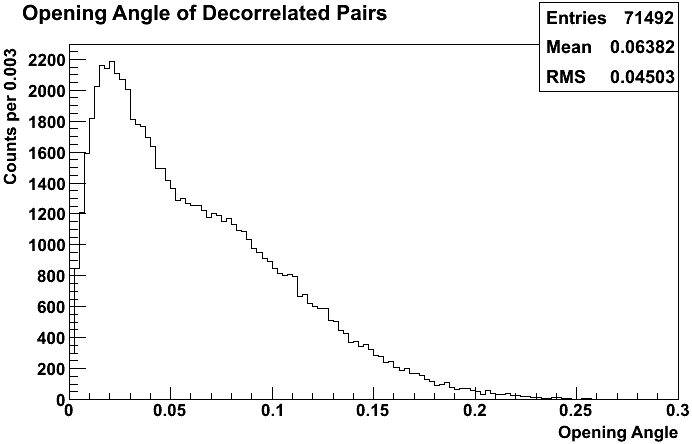
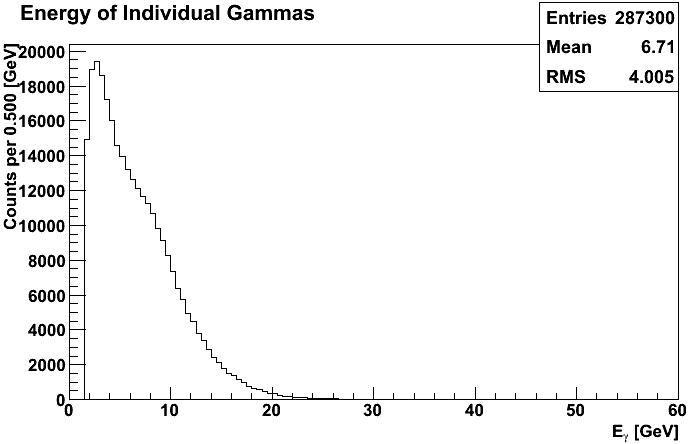
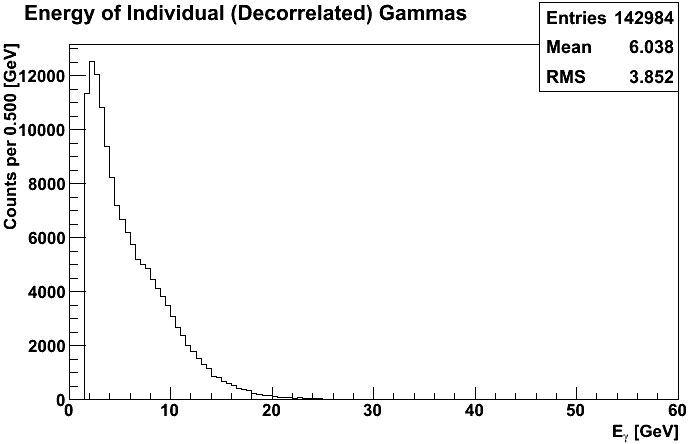
Fitting the background
Here are the updated plots for fitting with the Gaussian plus skewed Gaussian. The fit in the lower pT region is better than before, but the fit in the higher pT region is worse.
.gif)
.gif)
For comparison, one can consider fitting the same functional form, but without subtracting the combinatoric background estimate. Again, the lower pT (4-5 GeV) is listed first (on the left depending on your monitor width) and higher pT (8-9 GeV) is second.
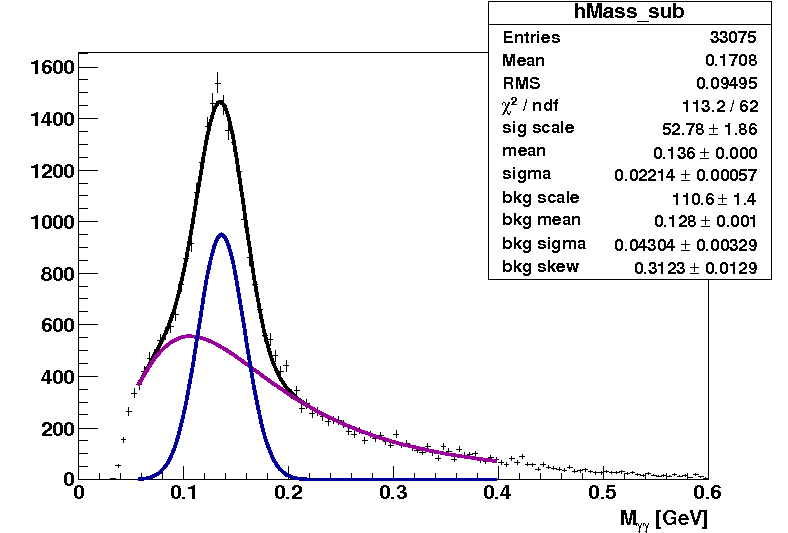
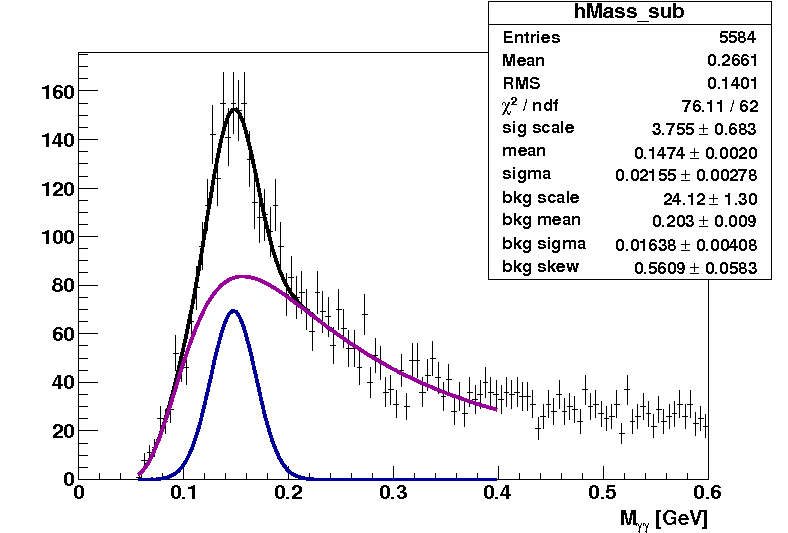
More Detailed Comparision of Comb. Subtracted or Not
The following plots show the reduced chi^2 for with or without subtracting the combinatoric background estimate, estimated pi0 peak position for subtracted or not, and the pi0 sigma for subtracted or not. All of these are plotted as a function of the pT bin. The bins are defined as
| bin # | low pT [GeV] | high pT [GeV] |
|---|---|---|
| 1 | 4 | 5 |
| 2 | 5 | 6 |
| 3 | 6 | 7 |
| 4 | 7 | 8 |
| 5 | 8 | 9 |
| 6 | 9 | 10 |
| 7 | 10 | 12 |
| 8 | 12 | 25 |
Previous plots were for bins 1 and 5.
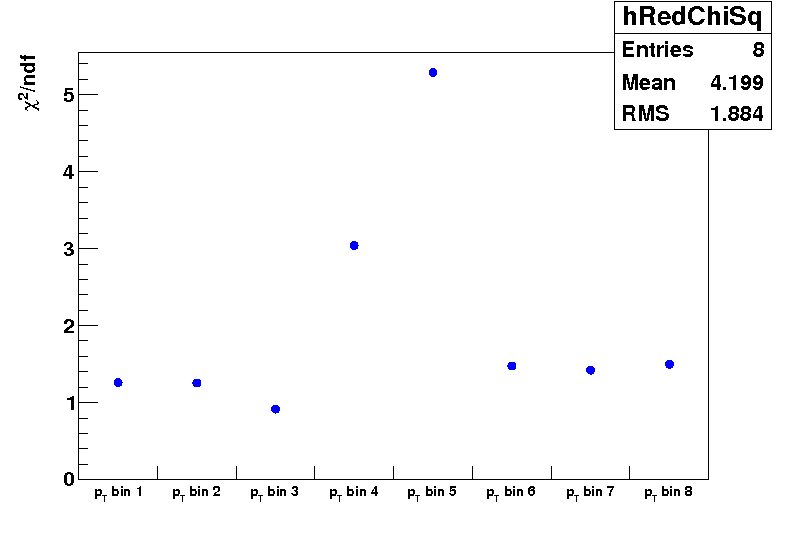
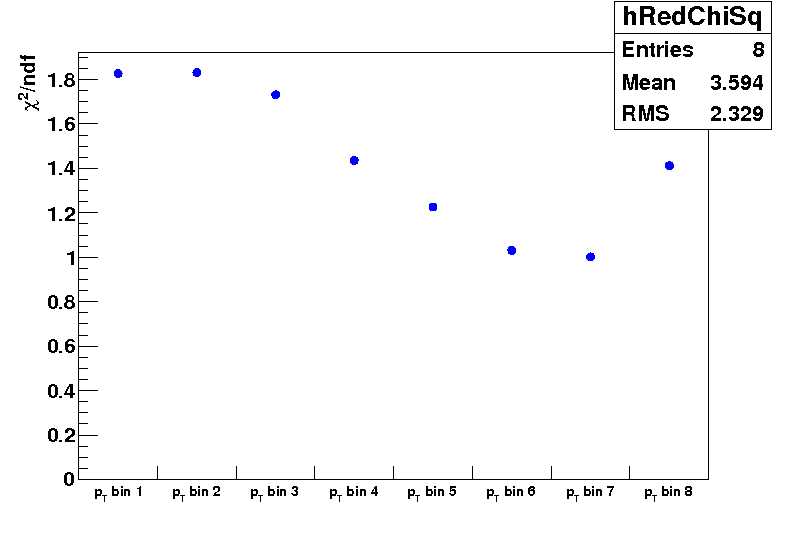
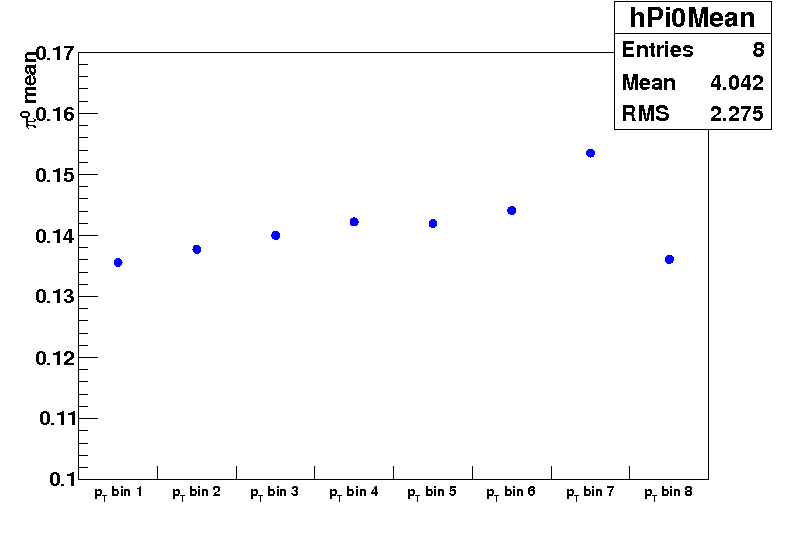



While both fail in the higher pT bins (even by eye the pi0 peak disapears into the background in the highest pT bins), not subtracting the estimated combinatorial background yeilds more consistent results over a larger pT region. Unless (until) the cause of the combinatorial background overestimating the low invariant mass can be solved, then it appears preferable to not subtract the estimate.
- sgliske's blog
- Login or register to post comments
